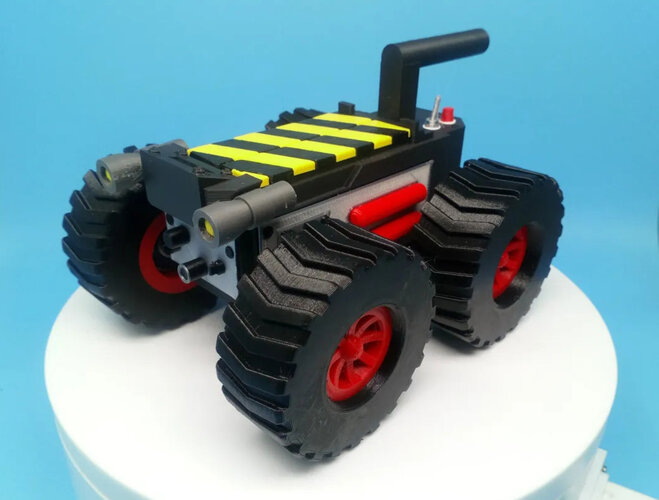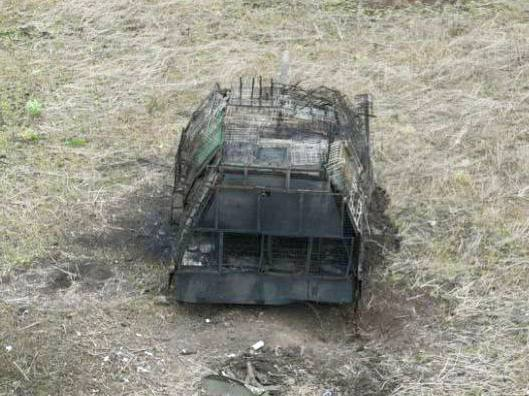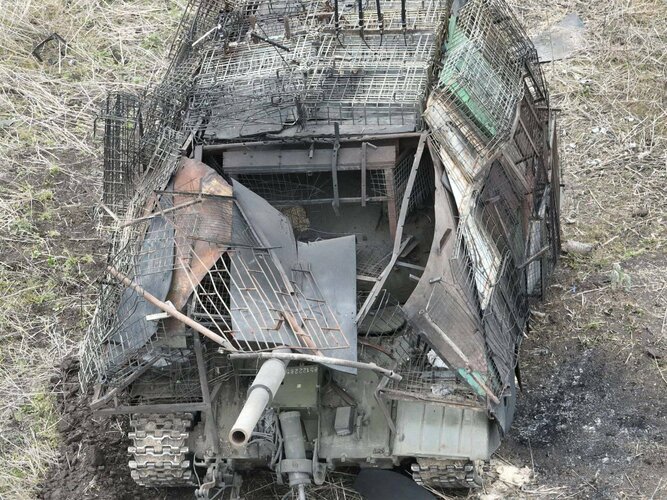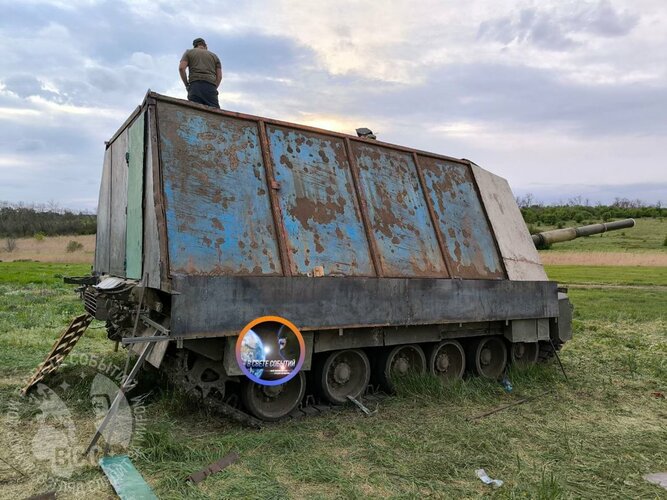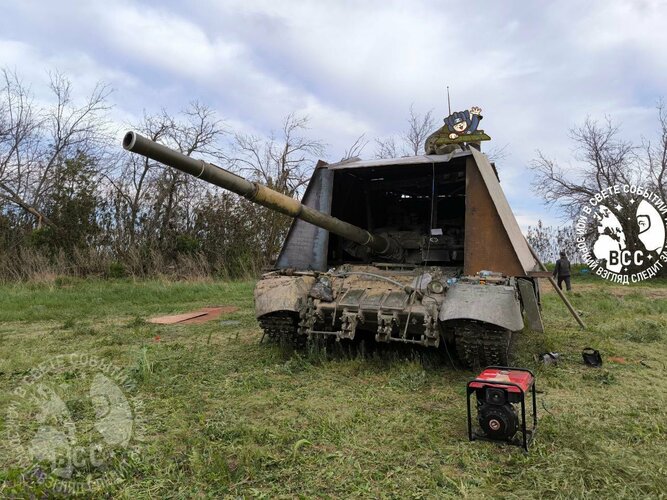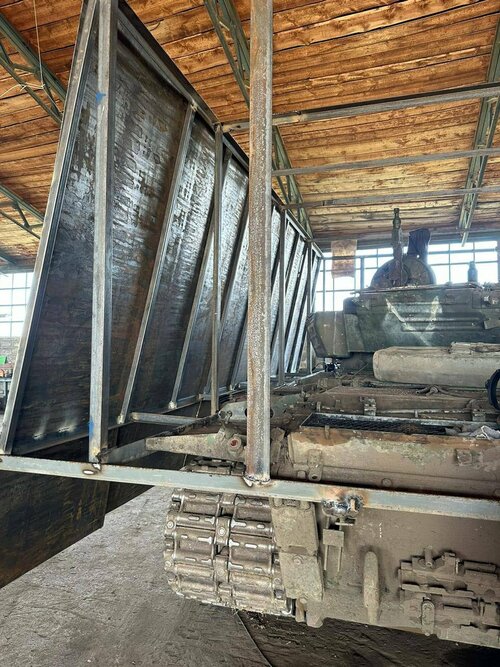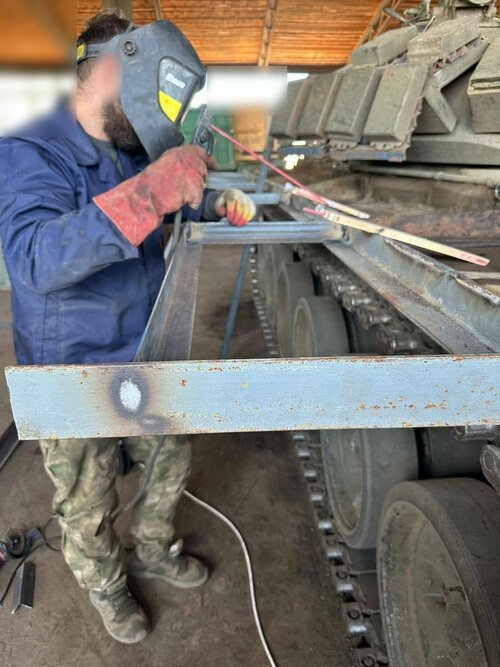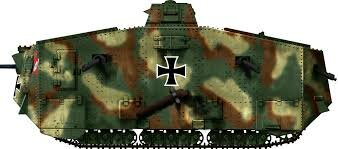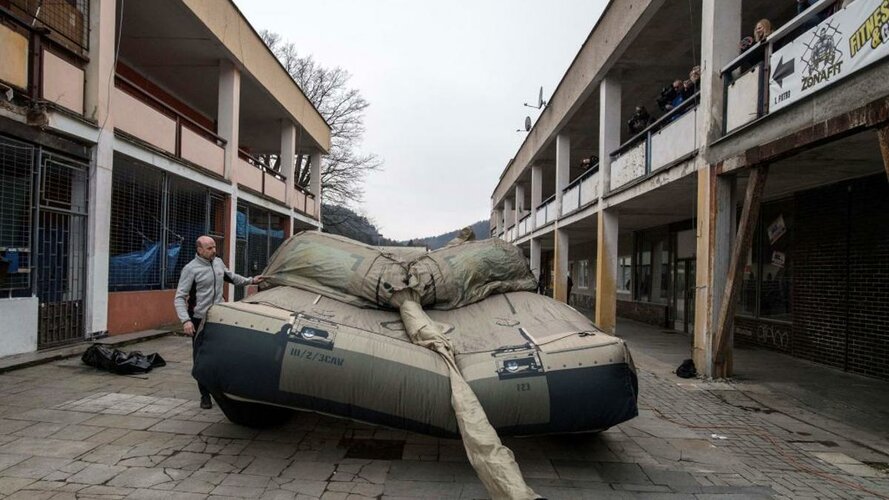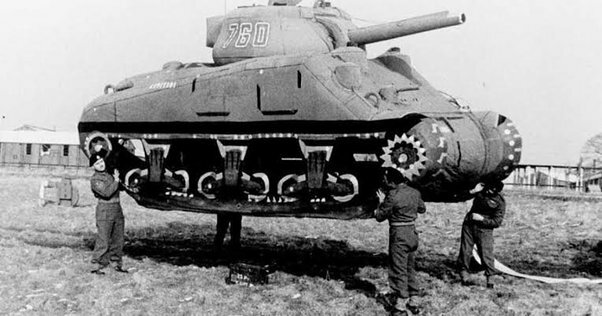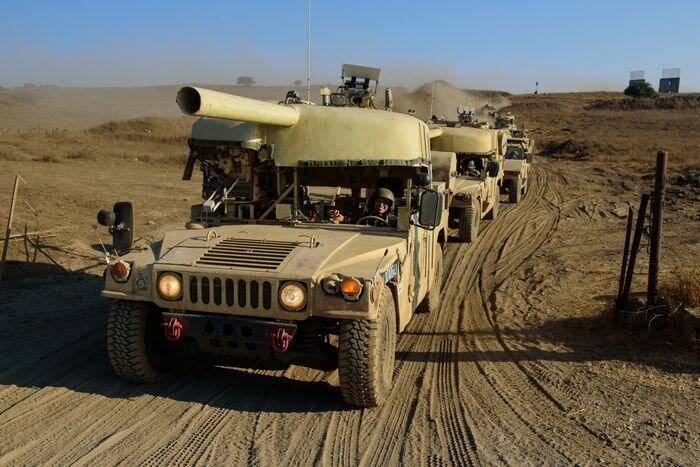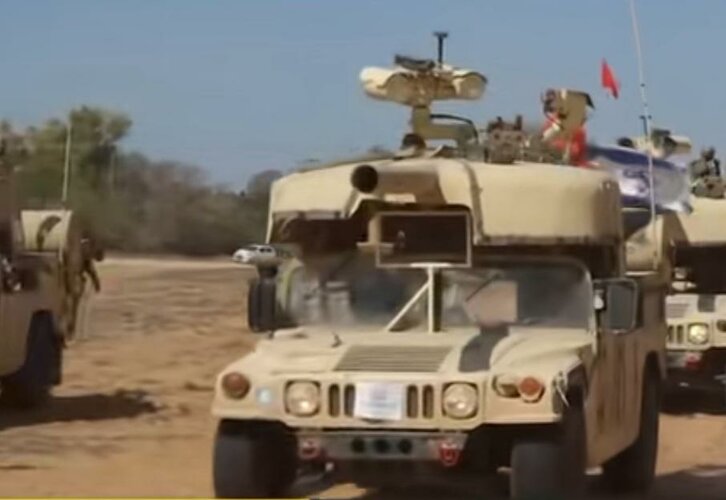Well, if you started wishing for magic solution, then the situation is truly complicated.
NATO already has optical invisibility systems to camouflage aircraft, but with tanks it is more complicated because of the dust they raise in their path.
In the mid 90s, the advances achieved in Computer Generated Holography, wavelength computation with Fourier transform method and Point Source Holograms, allowed the creation of holographic images in 3D around an object to hide it. But the system just worked with static objects and the Phased Array Optics required a considerable amount of electronic equipment.
In 2003, researchers at the University of Tokyo developed an active camouflage system with video cameras that registered the background to project it against the object that should be camouflaged.
In 2004, the discovery of the graphene made possible the manufacturing of curve video screens and adapts them to any surface. An aircraft with a coat of grapheme screens and equipped with video cameras that register the background from any angle and project it on the screens at the other side, may become practically invisible.
The layers of grapheme are super-thin and several of them, with different properties, may be superimposed. Under the optical screen, it is possible to locate a layer formed by hexagonal elements of grapheme that may be heated or cooled down in a selective way, thanks to the ‘Adaptiv’ system, developed by BAE systems in 2011. This layer would very efficiently act as IR camouflage.




